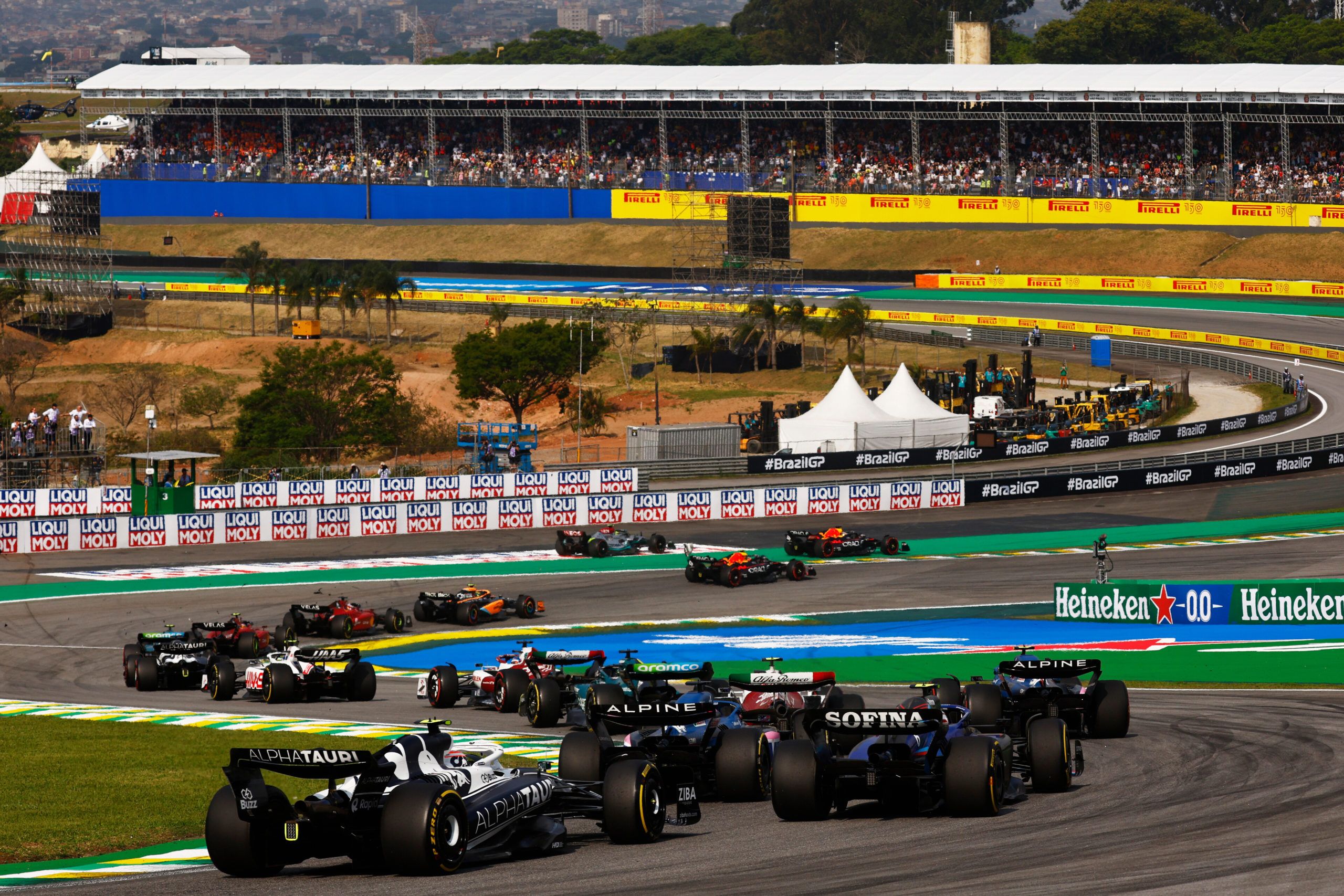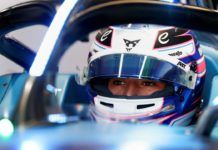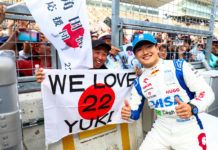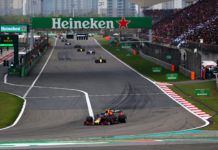Ross Brawn talks about the success with the 2022 F1 regulation change which they working on for long along with implementing cost cap.
Having left Liberty Media and F1, Brawn looked back on his time in the management side of things of the sport rather than a team. One of the big asks coming in that position was improving close racing which became difficult with the previous cars.
Because of the strong dirty air, the chasers had to fall back and re-try but with the 2022 change, it became better with some nice wheel-to-wheel battles at the front and also in the mid-pack which is only to improve as the years go by.
“The technical regulations were a big change,” wrote Brawn. “We came at the regulations with a fresh view. The priority was building a better racing car because that has never been a priority in the past, which was one of my frustrations. In the past, the teams were allowed to develop the car regulations.
“The FIA’s priority was safety, making sure the speed of the cars was always within a reasonable range. They never had the resource to look at how you design a racing car – it was left to the teams to do that work. With the best will in the world, the teams won’t have raceability as a priority.
We created a group whose priority was to build a better racing car, that can race another car in close proximity, is consistent to drive, and doesn’t have bits fall off if there are touches. The mindset came from a different direction: raceability, and that will be the priority in the future – it’s one of the changes to the mindset of F1 that I’m really pleased about.
“It was a huge thrill for me when I saw the 2022 cars first race and we experienced two or three cars racing alongside each other – we hadn’t often seen that before. Now you can run hard behind another car for several laps without issues,” summed up Brawn, who put the cost cap as another big challenge that they managed to kick-off in this period.
For years, many tried to bring in cost cap but it never happened. With the new buyers, it became possible albeit after years of trying. It is still in the amateur state as teams are only learning the nuances especially the big teams who have had to trim down heavy whereas the mid-range teams are trying to pump up.
Overall, they have managed to put up a financial regulation which the team hopes will bring results in the coming time. “It was key that we improved the racing in an authentic way,” started Brawn. “How do you do that? You need to give every team an equal opportunity. Part of that is financial resource.
“For many years, there were three or four teams on the grid who had significantly more financial resource than the rest. That doesn’t create a situation to achieve close margins. The competitors must construct their own cars – that is the DNA of F1. But it is a huge challenge, and in the past, the more money you had, the better car you could build.
“It would have been an easy route to have standard cars, same engines, spec parts – you get a close competitive field, but then you lose the magic of F1. The cost cap has created an environment where you have a limited spend and the smartest people win. The margins from the front to the back are going to be much tighter.
I think the cost cap is a very significant step for F1. It’s got bugs to iron out but considering the complexity of introducing such a system, it’s fantastic what the team at F1 and the FIA have achieved since it was introduced last year,” summed up Brawn.
Here’s Ross Brawn on leaving F1



















